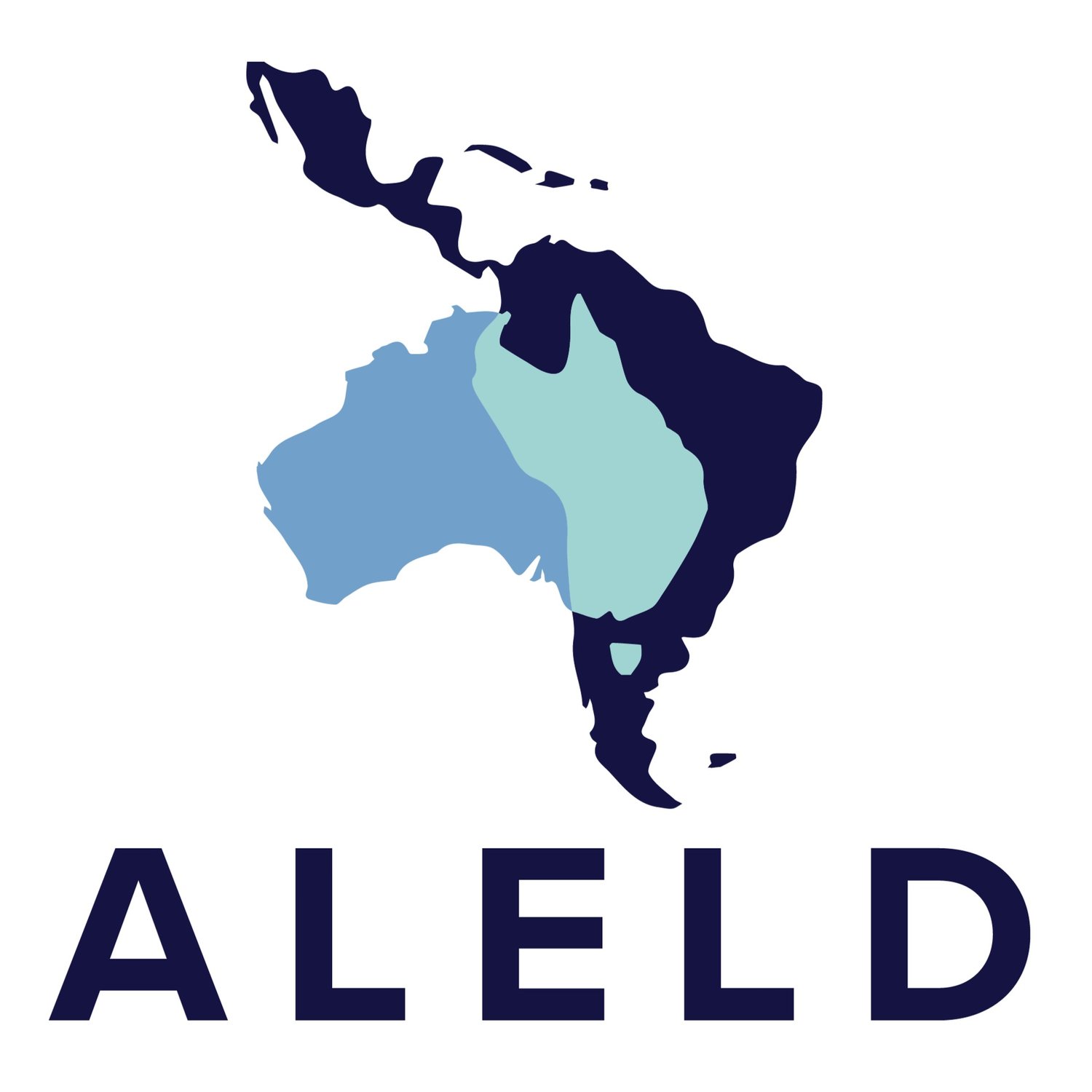How the COVID-19 Pandemic has Affected Black People in Brazil
Since the announcement of the COVID-19 pandemic on March 11, 2020 by the World Health Organization, the world has been facing strong economic and political turbulence. In a scenario of profound social inequalities, the Global North continues to carry out effective vaccination plans and social distancing measures, while developing countries and the Global South face countless difficulties in managing the pandemic. According to Bloomberg's vaccine tracker, as of April 2021 the poorest 11% of countries have received only 1.6% of administered vaccines.
Nevertheless, the lack of vaccines for priority groups and the general population is not the only problem seen in developing countries. After all, intense economic and cultural inequalities impact not only the management of the pandemic, but also produce specific disadvantages for individuals belonging to historically marginalised social groups in each country. In Brazil, a country where 35 million people do not have access to safe drinking water and about 100 million are not connected to sewage systems, maintaining basic sanitary safety has been challenging.
A health worker protests against the lack of personal protective equipment. [“We want to live! We want PPE!”] Araújo/Public Photos. Source: Agência Câmara de Notícias
The unprepared administration alongside previously existing social problems in Brazil, has increased the rate of poverty, hunger, school dropouts, and urban insecurity in city centres and interior regions. A survey conducted in October 2020 by PoderData, highlighted that 61% of Brazilians had their source of income damaged by the COVID-19 pandemic, with young people being the most affected age group.
The legacy of colonialism and slavery in Brazil has culminated in racial discrimination and racism that keep Black communities in constant social and economic vulnerability. During the pandemic, high unemployment rates and the systematic absence of state support have increased extreme poverty, food insecurity, and poor health care to the most financially vulnerable. Poorer regions like the North and Northeast of the country, which have larger Black and Indigenous communities than other regions, have been most affected. According to a study by the Freie Universität Berlin in partnership with researchers from Brazilian universities, 73.1% of the residents in the Northeast Region have high food insecurity.
Brazil’s Black population has been the most affected by the spread of the COVID-19 pandemic, especially Black women. In addition to the numerous difficulties faced in the labour market, Black women deal with double burden, racism, and violence, including instances of domestic and sexual violence. According to data from Brazil's Ministry of Women, Family and Human Rights, 105,821 reports of violence against women were recorded in 2020, majority of whom were women of colour.
People protest for an end to police violence against Black people in Brazil. [The poster says: “Black lives matter”]. Source: Brasil de Fato
Due to the health crisis, Black women have been more overburdened, exposed to precarious work situations and domestic work responsibilities. Almost 18.6% of Black women in the workforce are in domestic work and most of them do not have a paid job in Brazil.
The numbers and reports show remarkable and unfortunately common stories in Brazil today. The COVID-19 pandemic brought unimaginable challenges to Latin America, especially for demographics already affected by numerous social inequalities. As young leaders, it is our role to seek justice against racism, misogyny, and the economic issues in Latin America. Only through cooperation and combating inequalities on an international level can we glimpse a more promising future.
Content Disclaimer
The views expressed in this article are those of the author and do not necessarily represent the views or opinions of the Australia-Latam Emerging Leaders Dialogue.

![A health worker protests against the lack of personal protective equipment. [“We want to live! We want PPE!”] Araújo/Public Photos. Source: Agência Câmara de Notícias](https://images.squarespace-cdn.com/content/v1/5deed6454cd5066f50c88eac/1629550364148-MG7CIBPK1AO4W9C3R9M4/Brazil1.png)
![People protest for an end to police violence against Black people in Brazil. [The poster says: “Black lives matter”]. Source: Brasil de Fato](https://images.squarespace-cdn.com/content/v1/5deed6454cd5066f50c88eac/1629550163541-OUSHAHY3YO75V52Y89KK/Brazil2.png)